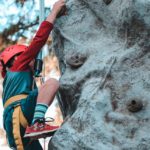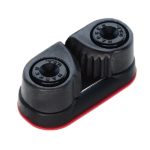You’ve probably heard the term ‘A3 pulley’ or ‘pulley injury’ a few times and have yet to learn the meaning.
For climbers, the A3 pulley injury is severe. If not properly taken care of, it could lead to the end of a climbing pursuit.
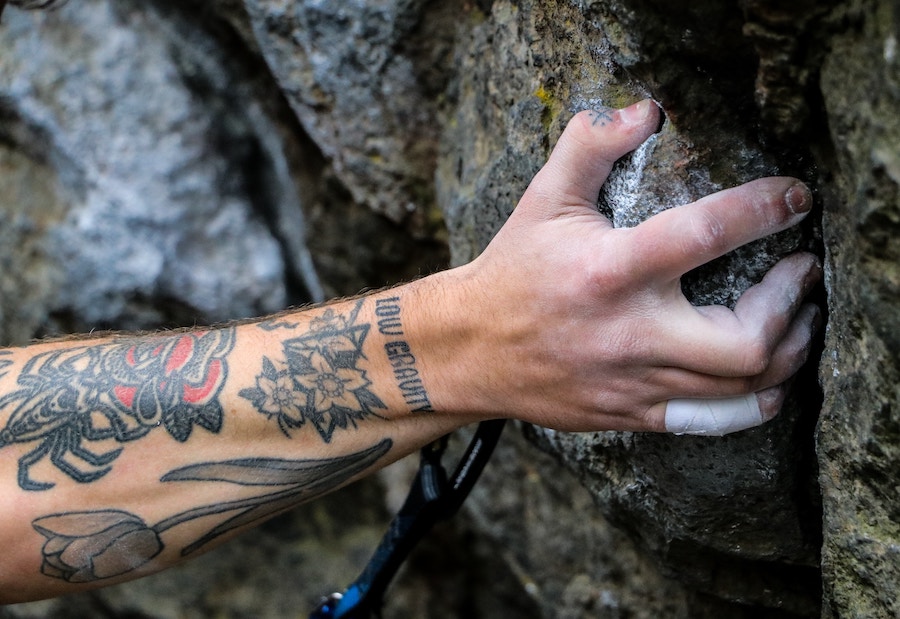
Here are some key points to understand about A3 pulley injuries in climbers:
What is the A3 pulley injury?
A3 pulley injury is a common finger injury among climbers. To understand the A3 pulley injury, one must first understand the finger anatomy.
The A3 pulley is part of the finger pulley system. This consists of a series of fibrous structures holding flexor tendons close to the bone.
Essentially, it makes the fingers bend and straighten, and the A3 pulley is a critical structure in the finger. When climbers put excessive stress on their fingers, such as during dynamic moves or gripping small holds, it can lead to an A3 pulley injury.
The injury usually occurs when the tendon slips past the pulley or gets strained, causing damage to the pulley structure. This can result in pain, swelling, and difficulty flexing or extending the finger.
Symptoms of A3 pulley injuries
How do you know you have an A3 pulley injury? The severity of A3 pulley injuries can vary.
From minor sprains or strains to partial tears or complete ruptures of the pulley. Below are the symptoms you’ll likely experience with an A3 pulley injury.
Pain
This is a typical symptom of an A3 pulley injury. It may be localized to the affected finger or hand and range from mild to severe. Of course, this depends on the extent of the injury.
Swelling around the injured area may occur due to inflammation and fluid accumulation.
Tenderness
The injured area may be tender to the touch. Pressing or palpating the region may cause discomfort.
Difficulty moving the finger
An A3 pulley injury can make it challenging to move the affected finger or fingers quickly.
You may experience stiffness or a limited range of motion.
Popping or clicking sensation
Some individuals with an A3 pulley injury claim to notice a popping or clicking sensation when moving the finger. Many people do not hear anything at all.
Weak grip and bruising
Damage to the A3 pulley can weaken the grip strength of the affected hand. In more severe cases, bruising may develop around the injured area due to bleeding or hematoma formation.
Diagnosis and treatment options for A3 pulley injuries
Prompt diagnosis and appropriate treatment are essential for A3 pulley injuries to promote healing and prevent further damage.
A healthcare professional, such as a hand specialist or orthopedic surgeon, can diagnose an A3 pulley injury. There are also Climbing-specific surgeons these days.
Diagnosis can be through a physical examination and imaging tests like ultrasound or MRI.
Rest and immobilization
This is the first course of action. Climbers may need to avoid activities that aggravate the injury. It is recommended that they immobilize the finger Immobilization for one to two weeks.
This should be done with taping or a pulley-protection splint.
Ice and anti-inflammatory medications
Apply ice to the affected area. Otherwise, taking over-the-counter nonsteroidal anti-inflammatory drugs (NSAIDs) can help reduce pain and inflammation.
Medications, such as ibuprofen or naproxen, may be recommended. Elevating the hand above heart level can also help reduce swelling.
Physical therapy for rehabilitation
Once the initial pain and swelling subside, a structured rehabilitation program focusing on finger strengthening and flexibility exercises may be recommended.
The rehabilitation phase usually takes 4-8 weeks or longer. The duration of this phase can vary depending on the individual’s progress and the severity of the injury.
Gradual return to climbing
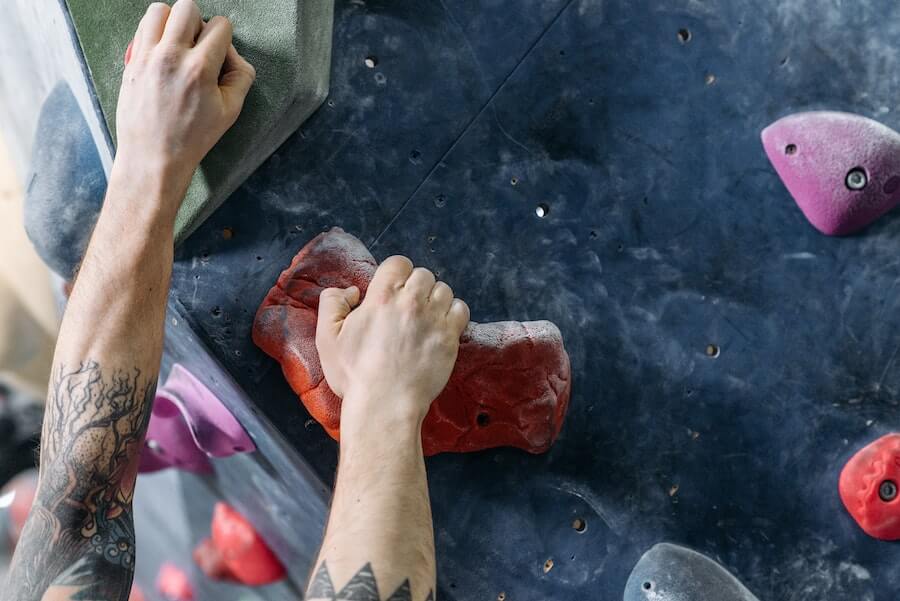
Climbers should gradually reintroduce climbing activities, starting with easier routes and gradually increasing intensity while being mindful of discomfort or pain.
Using finger-taping techniques may provide additional support and protection during the recovery phase.
Surgery
This might be necessary in severe cases. If the pulley is significantly damaged or the injury is severe, surgery may be necessary to repair the pulley structure.
This option is typically considered when conservative measures fail or after numerous pulley ruptures.
How long does it take to heal?
The simple answer is everyone recovers at their own pace. Nevertheless, a physiotherapist can assist you in answering this question.
Mild to moderate A3 pulley injuries can take several weeks to a few months to heal. More severe injuries or complete ruptures may require a longer recovery period.
The healing process is unique to each individual, and timelines can vary. Factors such as overall health, adherence to treatment protocols, and proper rest and care for the finger can influence the recovery time.
How to prevent A3 pulley injuries
To reduce the risk of A3 pulley injuries, climbers can consider the following preventive measures:
Proper warm-up
Before climbing, perform finger and hand warm-up exercises. This increases blood flow and prepares the muscles and tendons for the activity. Warm-up exercises include gentle stretching, flexing and extending the fingers, and wrist rotations.
Mastering Technique and grip
Focus on using proper climbing techniques, using a variety of grips. Also, avoid excessive strain on specific finger joints. Start with an easy route.
Don’t try to push through the pain; instead, rest every 2-3 attempts. There are techniques you can experiment with, like open-hand crimps.
They may feel odd at first, and you may slip, but you’ll get better with enough practice.
Gradual progression
Avoid pushing yourself too quickly or attempting climbs significantly beyond your current skill level. Gradually increase the intensity and difficulty of climbing routes.
This allows the fingers and tendons to adapt and strengthen over time.
Finger-strengthening exercises
Incorporate specific finger-strengthening exercises into your training routine. This is how you can improve finger strength and resilience.
Strengthening the muscles that support the fingers can help improve their resilience and resistance to injury. Simply squeezing a stress ball is a good finger exercise.
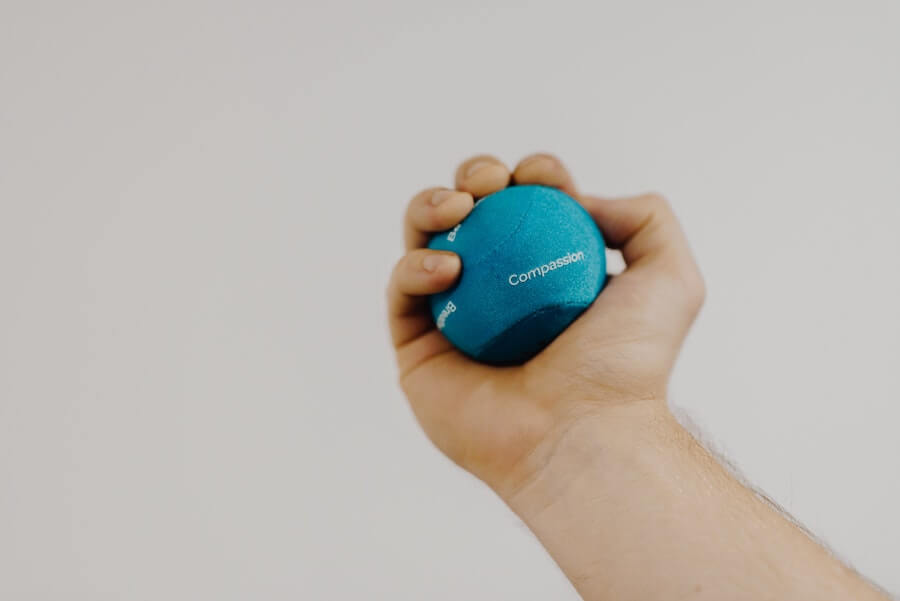
Finger tapping
Some climbers use taping for additional support and protection for their fingers. Taping can help stabilize the pulley system and reduce the risk of injury.
You could consult a climbing coach or healthcare professional to learn proper taping techniques. You’ll need athletic or medical tape (usually about 1/2 to 1 inch wide) and Scissors.
The tape has to be applied correctly for maximum effectiveness and comfort.
Rest and recovery
Get sufficient rest and recovery time between climbing sessions. This would prevent injuries resulting from overuse.
Maintain overall hand and finger health
Take care of your hands and fingers by maintaining good overall hand and finger health. This can include regular stretching and mobility exercises, proper hydration, and attention to signs of discomfort or pain.
These preventive measures can help reduce the risk of A3 pulley injuries. However, they cannot guarantee complete prevention.
It’s important to listen to your body. Be mindful of pain or discomfort, and seek professional advice if you experience persistent or severe symptoms.
Finally
It’s essential to consult with a healthcare professional for an accurate diagnosis. They can provide an appropriate treatment plan for an A3 pulley injury.
They can provide personalized advice based on the severity of the injury and individual circumstances.

When I was in high school, I was the best at running. Running for me is not a trend, this is my whole life. I jog every morning, without exceptions: I don’t skip mornings on vacations or business trips. My friends are also sports fans: I went to my best friend’s yoga class for the first time about three years ago.
Since then, I’ve been practicing regularly, and we have also made several yoga trips to India. For my last birthday, I got a skateboard as a present from her. Now we’re both taking personal classes with a coach, and it’s 100% fun!

